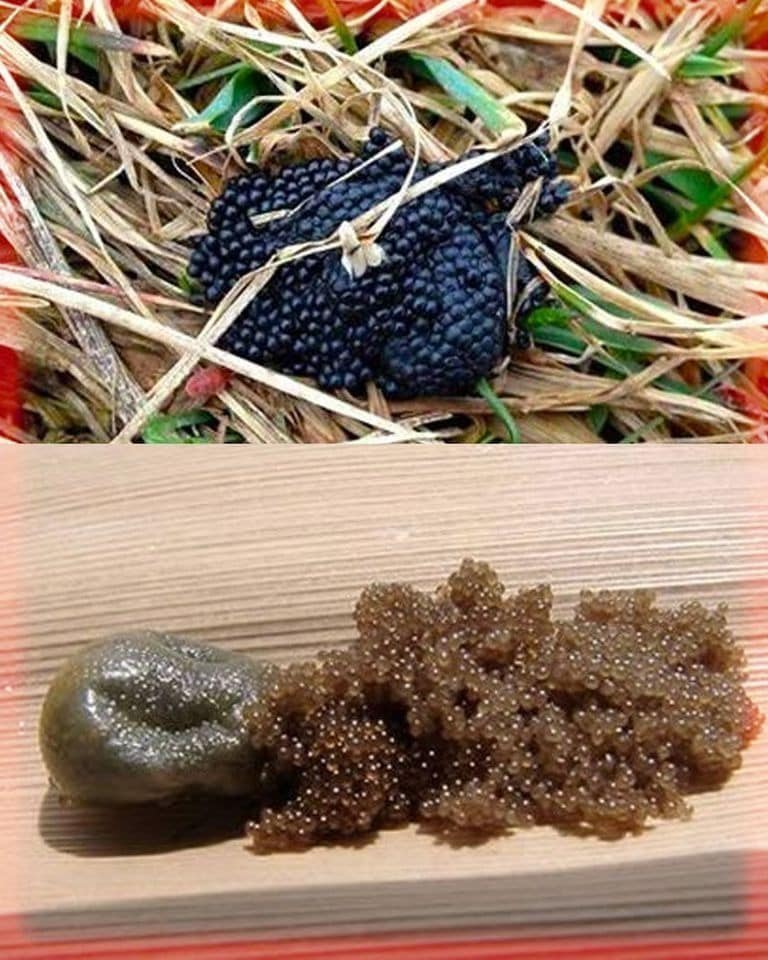Tick eggs in your lawn are a serious issue that should not be ignored. Ticks are known to transmit illnesses, and their eggs, which are often seen in covered outdoor spaces, might serve as the first stage of an unmanageable infestation. This thorough book seeks to provide you the information and techniques you need to recognize, manage, and avoid tick eggs.
Recognizing Tick Eggs
Tick eggs are quite little; they usually have a diameter of 0.5 mm, or the size of a poppy seed. Though this might vary significantly depending on the tick species, they are often oval or pear-shaped and transparent or slightly yellowish in appearance. Ticks often deposit their eggs in groups and cling them to nearby surfaces, plants, or leaf litter. They could grow more opaque and have a hue more like to the adult tick of the species as they become older. The texture of the eggs is usually glossy and smooth, and they might be light brown or pale yellow in hue.
Tick Eggs’ Dangerous Properties
The possibility that tick eggs may develop into larvae, which may transmit illnesses like Lyme disease and Rocky Mountain Spotted Fever, is the main cause for worry. Tick eggs must be handled carefully if you want to stop the spread of these illnesses.
For ingredients and full cooking instructions, continue reading (>)
ADVERTISEMENT







